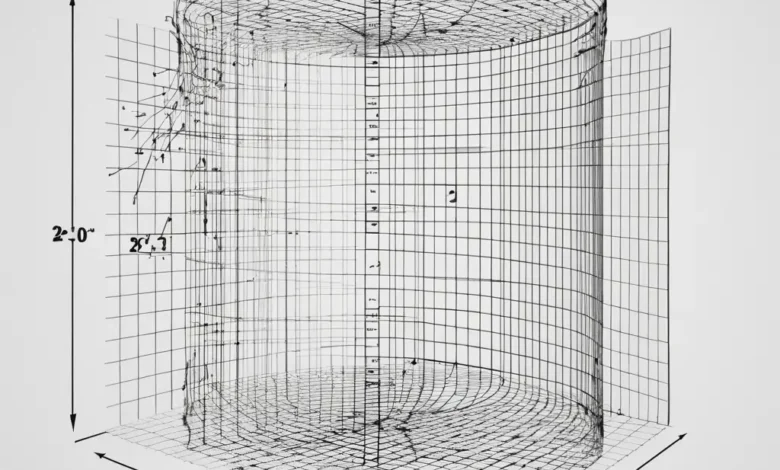Delta Math Graphing Radical Functions

What Are Radical Functions?
Before we look at how to graph radical functions on Delta Math, let’s understand what a radical function is. A radical function is any function that involves a square root, cube root, or any other root of a variable. For example, the equation f(x)=xf(x) = \sqrt{x}f(x)=x represents a basic radical function.
In more advanced classes, students work with more complex radical functions, like those that include additional terms (e.g., f(x)=x+3−2f(x) = \sqrt{x + 3} – 2f(x)=x+3−2). These functions can be tricky to understand because they don’t follow the same patterns as linear or quadratic functions. This is where graphing can be a huge help!
How to use Delta Math Graphing Radical Functions
Delta Math’s interactive graphing tool is perfect for visualizing radical functions because it allows you to manipulate the equation and see changes instantly. Here’s how you can use it:
- Access the Graphing Tool: Log into Delta Math and go to the assignments or practice problems related to graphing. Select “Radical Functions” if your teacher has assigned it.
- Enter the Function: Type in the radical function, such as f(x)=xf(x) = \sqrt{x}f(x)=x, into the graphing tool.
- Adjust Variables: Delta Math allows you to adjust variables within the equation to see how they impact the graph’s shape and position.
- Analyze the Graph: Watch how changing the values inside and outside the radical affects the curve. This is a great way to learn about translations, stretches, and reflections in radical functions.
Tips for Teachers Using Delta Math for Radical Functions
Teachers can customize Delta Math settings to adjust the difficulty level, allowing beginners to start with simpler functions while advanced students work on more challenging problems. This flexibility is ideal for classrooms with students at different levels.
How to Do Rotated Figures (Guided) on Delta Math
What is Rotation in Math?
In geometry, rotation is a transformation that turns a figure around a fixed point, often called the “center of rotation.” The rotation can be clockwise or counterclockwise, and it is measured in degrees (90°, 180°, 270°, etc.).
Understanding how to rotate a figure requires practice, as students need to visualize how a shape’s position changes. Delta Math’s guided tools for rotating figures are designed to help students grasp this concept visually and intuitively.

Steps to Rotate a Figure in Delta Math
Delta Math offers a guided rotation feature, which provides students with step-by-step instructions for rotating a figure. Here’s how it works:
- Choose a Rotation Assignment: From the Delta Math dashboard, select the assignment or practice related to “Rotation of Figures.”
- Set the Rotation Angle: You will often have options to rotate a shape by 90°, 180°, or 270°. Choose the required angle and direction (clockwise or counterclockwise).
- Identify the Center of Rotation: This is the point around which the figure will turn. In many cases, it’s the origin (0,0), but Delta Math allows you to set different points as the center of rotation.
- Follow the Guided Steps: Delta Math provides visual cues that show how each vertex of the shape moves according to the rotation angle. This step-by-step guide helps students clearly see how rotation affects the shape.
Why Rotation Practice Matters
Practicing rotations can enhance spatial reasoning and help students understand symmetry and transformations. By rotating shapes, students build a strong foundation for later geometry concepts, such as reflections and translations. Delta Math’s guided rotations make these exercises approachable and understandable.
Customizing Delta Math for Different Math Levels
One of the best features of Delta Math is that it can be customized for various math levels. Teachers can adjust the difficulty of assignments, making it easier for beginners to get comfortable while providing challenges for advanced students.

For Beginner Students
For students just starting out, Delta Math can limit assignments to simpler concepts. For example:
- Basic Radical Functions: Only simple square root functions like f(x)=xf(x) = \sqrt{x}f(x)=x or f(x)=x+1f(x) = \sqrt{x + 1}f(x)=x+1.
- Basic Rotations: Start with 90° rotations around the origin.
For Advanced Students
Advanced students can tackle more complex problems, such as:
- Advanced Radical Functions: Include functions with multiple terms and transformations (e.g., f(x)=2x+3−5f(x) = 2\sqrt{x + 3} – 5f(x)=2x+3−5).
- Complex Rotations: Rotations around different points or with irregular shapes, requiring precise spatial understanding.
Practical Tips for Using Delta Math’s Graphing Tools
If you’re using Delta Math regularly, here are a few tips to make the most of its graphing tools:
- Experiment with Variables: Don’t be afraid to change values and see what happens. Delta Math’s interactive features are meant to help you explore.
- Follow Guided Instructions: For beginners, the guided tools are especially helpful. Take your time with each step to fully understand the concept.
- Check Your Answers: Delta Math provides instant feedback, so use this to your advantage to learn from any mistakes.





